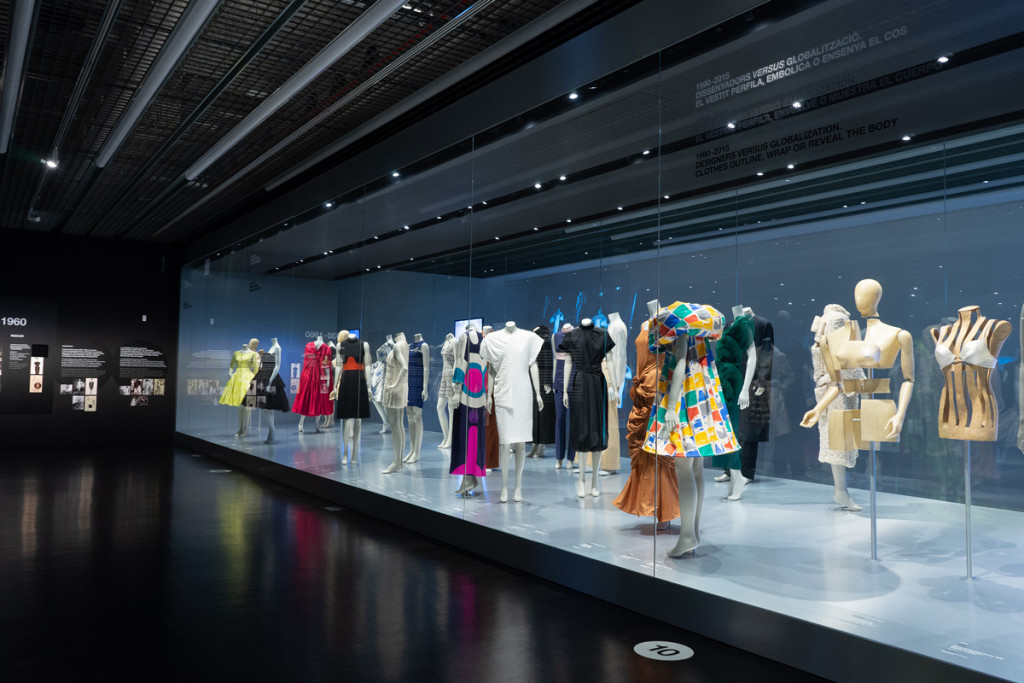El cos Vestit (The dressed body)
Discover how clothing modifies the image of the body through actions that tend to compress it and release it alternately from the 16th century until now. Since ancient times, men and women have altered the shape and appearance of their body with hairstyles, jewellery, tattoos and most importantly, with dresses. The way we dress in each era has to do with moral, social and aesthetic codes.
Fashion imposes canons of beauty, silhouettes and volumes change, nature gives way to artifice. The exhibition The Dressed Body explains the transformations that the body has undergone with changes in clothing from five different actions that alternately tend to compress or release it.
– Enlarge: Create volume, by means of structures or rigid and wide fabrics, which separate the dress from the body: petticoats, crinolines and polissons.
– Reduce: Decrease the natural shapes of the body, especially the chest and waist: corsets, bras, belts and gips.
– Lengthen: Stretch the image to make the body look taller: heel and platform shoes, hairstyles, hats and tail dresses.
– Outline: Trace the shapes of the body and mark the silhouette: stockings, gloves, elastic fabric bodices and knitwear.
– Uncover: Insinuate the silhouette, show legs and arms and show the skin: transparent fabrics, short dresses, low-cut or sleeveless.
Based on these five concepts, El cos vestit proposes an unprecedented journey through the history of clothing, from the collection of costumes and accessories of the Museu Tèxtil i d’Indumentària de Barcelona and a selection of graphic materials: photographs and engravings period, and explanatory texts, which help to understand the process of fashion.
The dressed body has been named one of the 116 tourist icons of Catalonia, an initiative that identifies the most significant symbols and manifestations of Catalan visual identity. This collection has been prepared by the Catalan Tourism Agency, the General Directorate of Tourism and Crafts of Catalonia of the CCAM, the Promotion of Arts and Design (FAD), the National Museum of Art of Catalonia (MNAC) and the Institute of Catalan Studies (IEC). Explore the 116 tourist icons of Catalonia (The dressed body, number 86, page 352)
Image courtesy of Museo del Diseño de Barcelona
